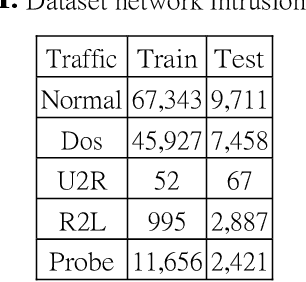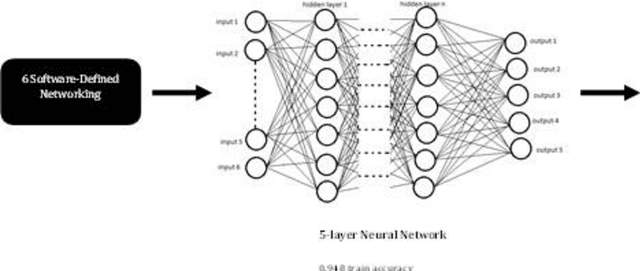Aishwarya Srinivasan
Balloon-to-Balloon AdHoc Wireless Network Connectivity: Google Project Loon
Dec 13, 2022Abstract:Project Loon is a Google initiated research project from the Google X Lab. The project focuses on providing remote internet access and network connectivity. The connectivity is established in vertical and horizontal space; vertical connectivity between Google Access Point (GAP) and the balloons, and between balloons and antennas installed at land; horizontal connectivity is between the balloons. This research focuses on the connectivity between the balloons in a mesh network. The proposal focuses on implementing graphical methods like convex hull with adhoc communication protocols. The proposed protocol includes content-based multicasting using angular sector division rather than grids, along with dynamic core-based mesh protocol defining certain core active nodes and passive nodes forming the convex hull. The transmission (multicasting and broadcasting) between the nodes will be evaluated using the link probability defining the probability of the link between two nodes failing. Based on the link probability and node features, best path between transmitting and receiver nodes will be evaluated.
Intrusion detection systems using classical machine learning techniques versus integrated unsupervised feature learning and deep neural network
Oct 01, 2019



Abstract:Security analysts and administrators face a lot of challenges to detect and prevent network intrusions in their organizations, and to prevent network breaches, detecting the breach on time is crucial. Challenges arise while detecting unforeseen attacks. This work includes a performance comparison of classical machine learning approaches that require vast feature engineering, versus integrated unsupervised feature learning and deep neural networks on the NSL-KDD dataset. Various trials of experiments were run to identify suitable hyper-parameters and network configurations of machine learning models. The DNN using 15 features extracted using Principal Component analysis was the most effective modeling method. The further analysis using the Software Defined Networking features also presented a good accuracy using Deep Neural network.
 Add to Chrome
Add to Chrome Add to Firefox
Add to Firefox Add to Edge
Add to Edge